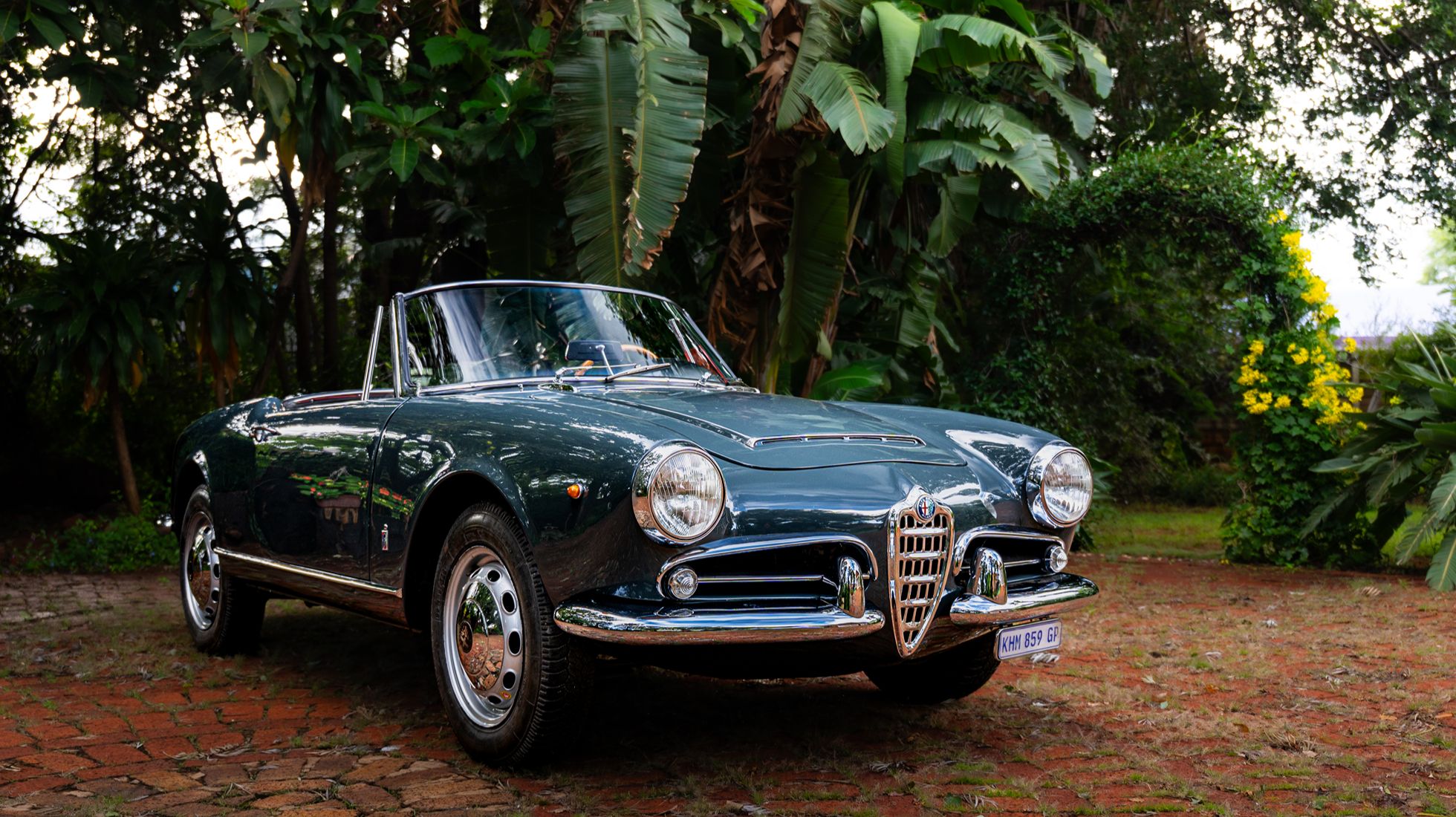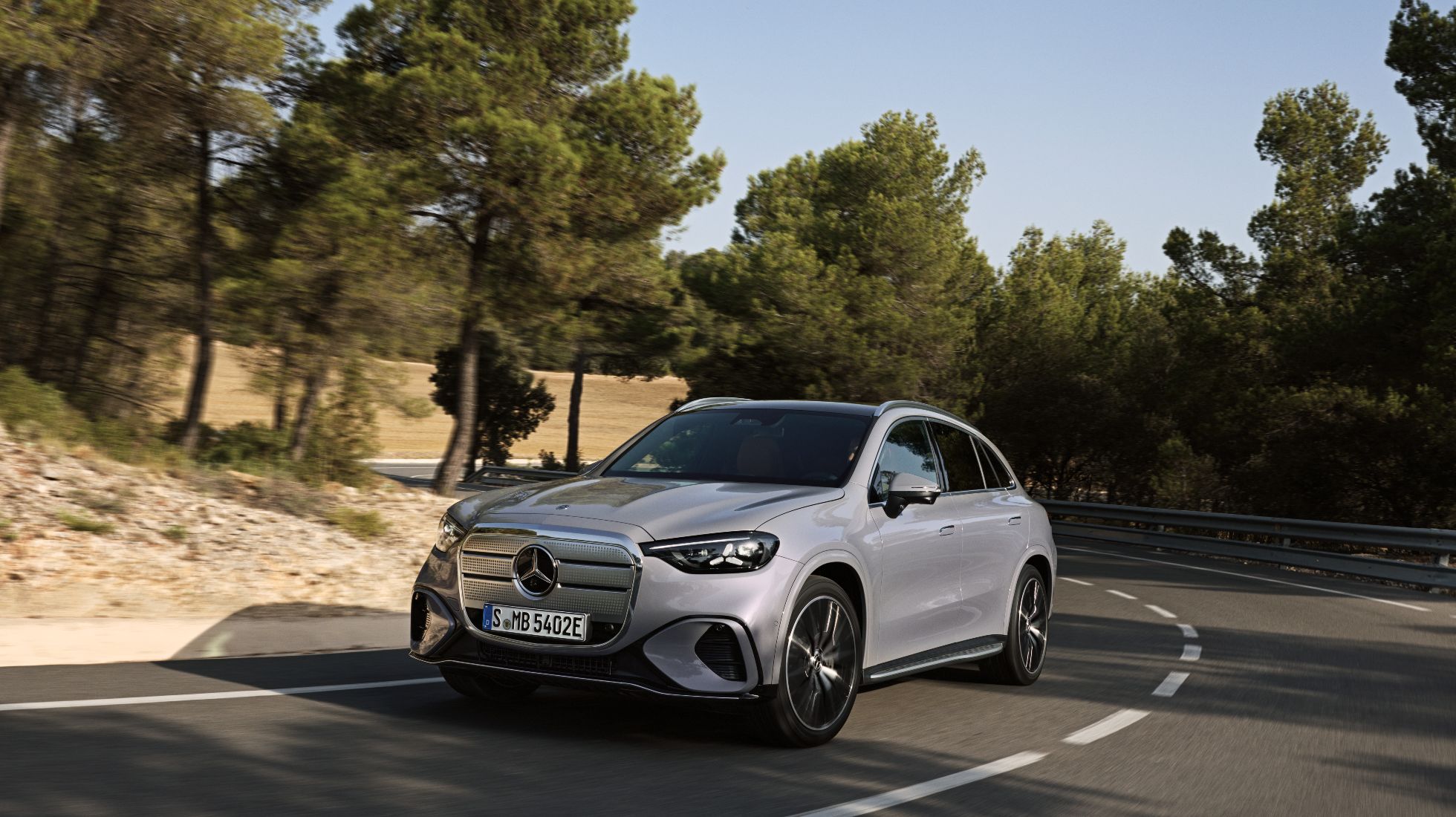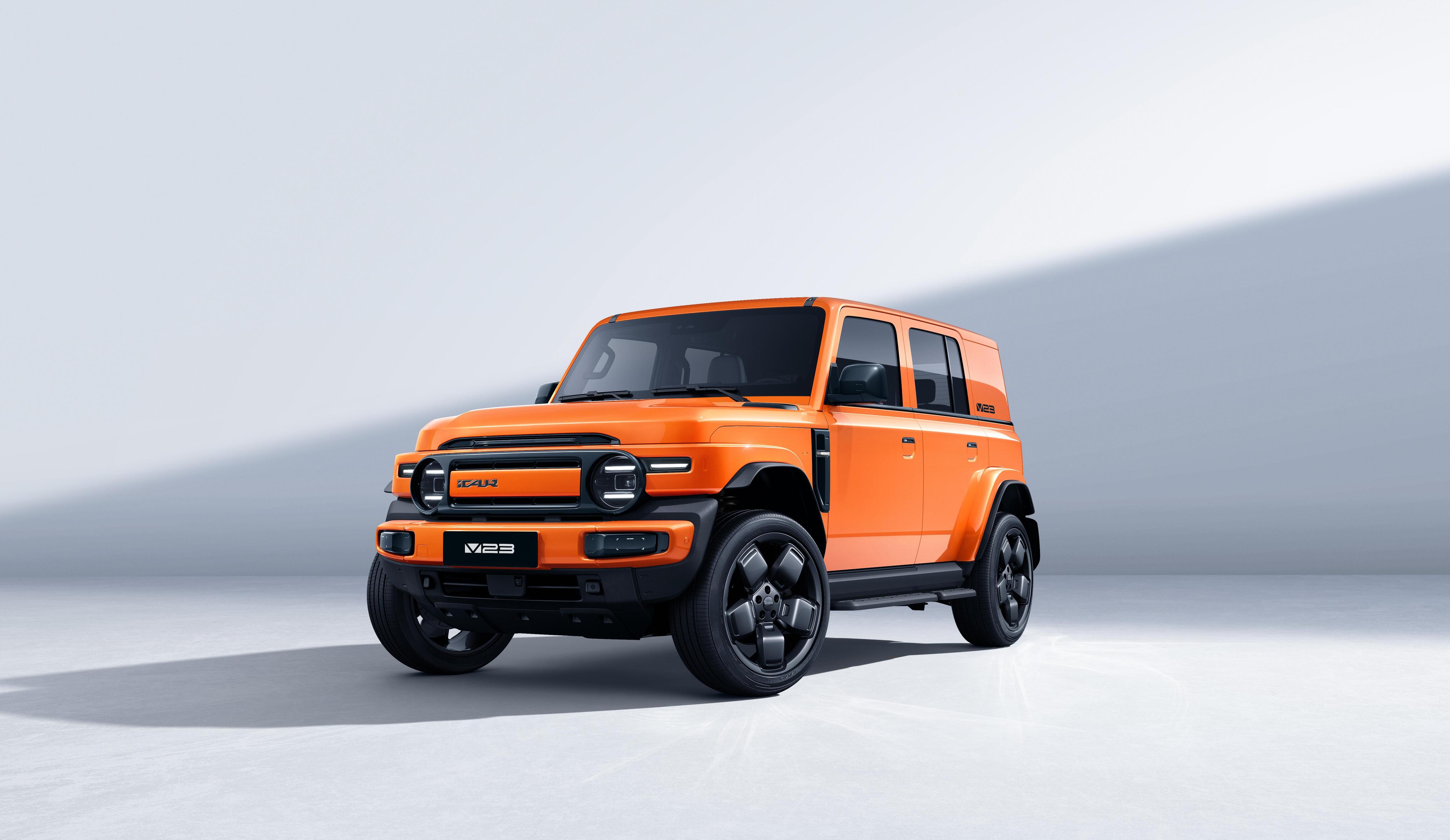Two decades of Cayenne: Controversial styling, undeniable influence
Despite the stacked odds, TopGear Magazine SA is celebrating 12 months of being on the shelves again. To commemorate this achievement, we look back at the 20th anniversary of the indomitable Porsche Cayenne. It’s one of our all-time favourite performance SUVs that has overcome its fair share of challenges to, ultimately, become Porsche’s bread and butter.
Can you, for just a second, imagine the initial conversation relating to building a Porsche SUV? A company that, throughout its history and with great success, only ever built two-door sports cars. I imagine there was more cussing than a Samuel L. Jackson flick inevitably followed by some textbook sacrilegious accusations.
See, it wasn’t that Porsche wanted to prove that it too could build a luxury performance SUV based on the success BMW was having with the X5 it already launched in 1999. There was a genuine need to think outside the confines of the box since during the 92/93 financial year, it only sold 14,362 new cars – less than half the volume of four years prior. We imagine that was barely enough to pay wages; never mind maintaining existing assembly lines or even developing new models. Losses added up to the hundreds of millions.
At the emergency drawing board, Porsche even briefly considered the possibility of developing an MPV. I’m sure the marketing team would have had a blast coming up with slogans for the world’s best-handling mommy-mobile. The Porsche archives, however, state that the company’s largest market, the land of chrome-detailing and classic overcompensation with a habit of mispronouncing Porscha, started to show a keen interest in SUVs.
Project ‘Colorado”
.jpg)
In 1989, thirteen years before the Cayenne was launched, Ferry Porsche predicted that “if Porsche builds an off-road model according to the company’s standards of quality, and it has a Porsche crest on the front, people will buy it”. Surely many thought he was joking. Other, more open-minded, board members likely saw the wisdom behind these words and raised their hands in favour of taking a radical step to secure the company’s future.
That’s all good and well, though, but it’s like saying ‘let’s go build a house on Mars’. It’s a massive leap into the unknown, which is why Porsche enlisted the help of VW on what would initially be known as the Colorado project. The idea was relatively simple: Porsche would apply its chassis-building expertise while VW looked after the modular aspects of putting this idea into mass production since it too would utilise the PL71 chassis to underpin its Touareg.
An idea that proved future-proof since both the second-gen Cayenne and Touareg would share the PL72 chassis while the latest iterations of both SUVs, now in their third generation, would go on to share the VW Group's MLB Evo platform. The MLB also underpins the Audi Q7 and Q8, the Lamborghini Urus as well as the Bentley Bentayga. In fact, this partnership seemed to have worked so well that the VW Group wanted Porsche all to itself a decade after the Cayenne first launched in 2002, acquiring a 100% stake in the carmaker, officially becoming its parent company.
Quintessential SUV
.jpg)
The SUV contraction is one that, nowadays, is very loosely applied to describe a car that has some pavement-clearing ground clearance and a boot that can fit more than one suitcase. Most SUVs, though, have about as much inherent sportiness as a relaxed game of chess. This was not an option for Porsche since expectations from potential customers didn't just extend to driving an SUV that was built ‘according to the company’s standards of quality wearing a Porsche crest’. It needed some semblance of the athleticism its sports cars were so revered for.
Porsche delivered. When launched, customers were given the choice between the Cayenne S and Cayenne Turbo, both powered by a 4,511 cc V8. The S had 250 kW and 420 Nm on tap while the Turbo had a then-astronomical 331 kW and 620 Nm of torque thanks to its twin-turbo motivation. This translated into respective top speeds of 242 and 266 km/h for the duo. Porsche has, for all intents and purposes, nailed the brief.
Impressive, sure, but that’s just on paper. Walter Röhrl, development driver for the first-gen Cayenne, recalled how surprised he was that something the size of the Cayenne could perform at such a level. “At first you think: that's a truck. When you're braking, the sense of weight comes through, but I'm also doing over 250 km/h – most cars can't even manage that."
Even our TopGear colleagues across the pond, in 2002, praised the Cayenne’s ability to garner speed: “The way the speed just builds and builds, that’s the really impressive thing. In most other off-roaders even if you knew they could achieve a similar speed, you’d never attempt it for it would be simply terrifying. The Cayenne, on the other hand, reassures you every inch of the way.”
.jpg)
While I won't get into the matter of the first gen's styling – let's call it space constraints – it doesn't take a degree in Chartered Accountancy to deduce exactly how important the Cayenne was, and still is, to Porsche. It played a pivotal role in reversing the company's fortunes, which meant continuous development for the halo 911 and ultimately Porsche's foray into EVs with the Taycan – all in line with the company’s unique approach to performance cars. For that, we thank whoever signed off on the Cayenne in the first place.
Two decades and three generations on, and the Cayenne continues to push the envelope. It had diesel power and hybrid power. Some models were even plug-in hybrids, which for 2014 was nothing short of science fiction. The Cayenne has even set a world record for towing an Airbus A380 (the world's largest passenger plane) so, naturally, caravans shouldn't be an issue. It has seen its roof chopped off in the name of coupe-styling and set the fastest lap for an SUV around the Nurburgring – see the review of the Cayenne Turbo GT elsewhere in this edition.
Love it or hate it, it’s hard to deny the extent to which the Cayenne has helped chisel Porsche’s reputation as the discreet athlete that keeps the winged and muscular contestants on their toes, all while oftentimes even defying physics.
So, what do the next 20 years of Cayenne hold? Well, for all we know, it may just be the first production SUV to surpass the two secs to 100 km/h benchmark, or the first car that can complete a full flight. What we do know is that the legend of the mighty Cayenne lives on…

.jpg)









%20(1).jpeg)



.jpg)





%20(1).jpg)






.jpg)
.jpg)

.jpg)
.jpg)
.jpg)
.jpg)
.jpg)
.jpg)
.jpg)
.jpg)
.jpg)
.jpg)


.jpg)
.jpg)

.jpg)
.jpg)
.jpg)
.jpg)
.jpg)

















